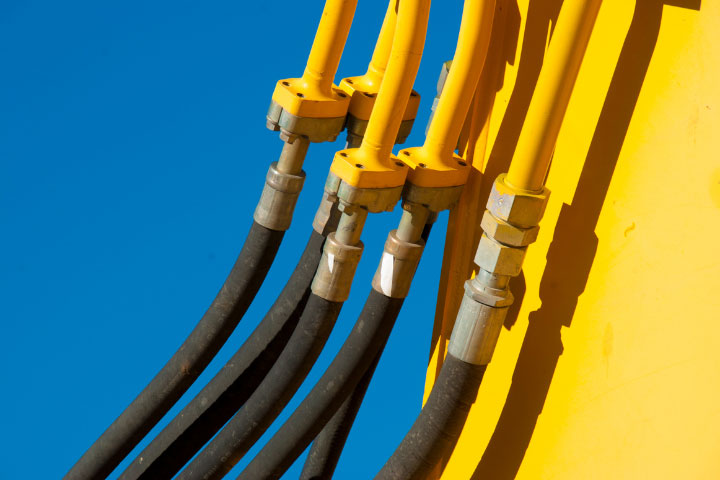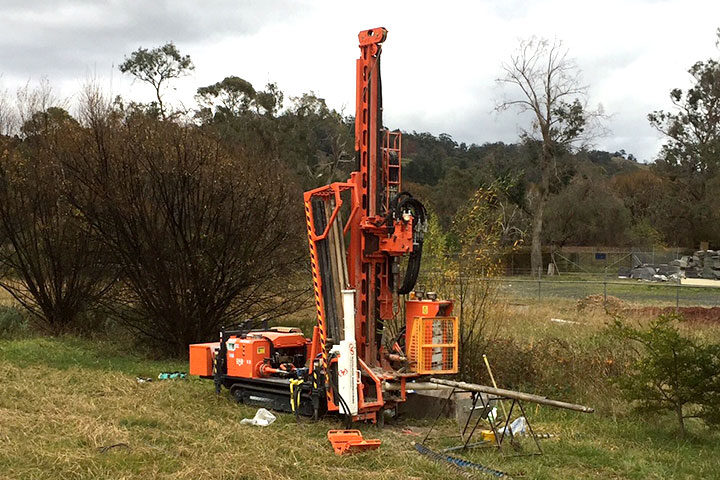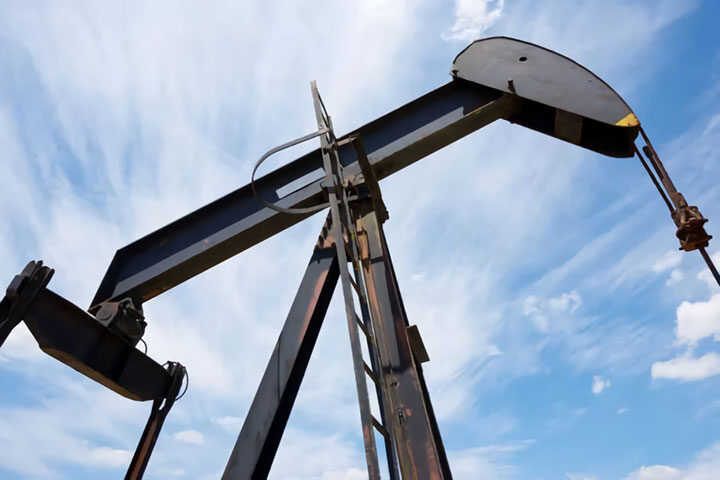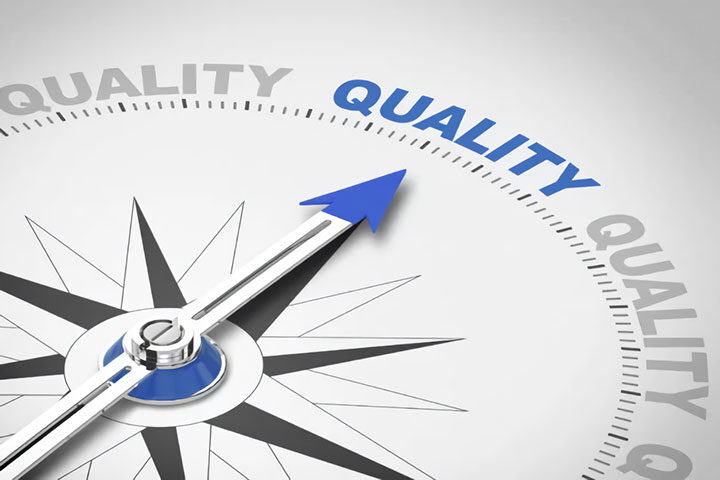
Vacuum excavation is an ideal method used by drilling contractors for working around utilities or within soft trenches. It’s often referred to as a “soft dig.” In essence, the process is based in using high-pressure air or water to break apart subsurface materials. This offers an efficient and safe alternative to hand digging. It helps to expose utilities without accidental line damage or dig down without risking trench cave-ins. There are two basic processes in vacuum excavation: air vacuum excavation and water vacuum excavation. Since we work primarily with air vacuum excavation, here is an overview of the process and its advantages.
Air Vacuum Excavation
In air vacuum excavation, a drilling company will use special equipment to fire compressed into the trench or hole. This loosens the dirt or soil. The disturbed material is then vacuumed into a debris tank, safely exposing subsurface utilities. After work is done in the trench or hole, it can then be backfilled with dry soil. There are several benefits to air vacuum excavation over hand digging:
- This process involves less disruption of the dig and a cleaner worksite
- It allows the depth, diameter, types, and condition of subsurface utilities to be safely verified
- Abrasive excavation and hand digging is made unnecessary, reducing the potential for damage to the utilities
- Since only air is used to displace the material, the hole can be backfilled with dry material
- This is ideal for deeply buried utilities or those in a congested area
- Air vacuum excavation is extremely cost effective and highly efficient
Overview of the Air Vacuum Excavation Procedure
- Prepare the crew with protective equipment and prepare the site for digging
- Use air pressure to begin breaking up the soil (clay, dirt, or other subgrade)
- Once the soil is broken up, begin to remove it with vacuum
- Continue until utilities are exposed
- Inspect and identify the conditions of the utilities, perform maintenance
- Return excavated soil from the storage tanks to the hole for backfill
Drilling contractors will often use air vacuum tests to obtain information in the planning and design stages of a project. This is an efficient way to plan the proper method for excavation of a given project. It helps to reduce costs and eliminate surprises. This also helps to reduce delays or potential damage to utilities in the construction process. Another benefit is that utility conflicts in the proposed new installation can be determined quickly before intensive digging, allowing for changes in design when necessary.
In addition to underground utility verification and utility line service determinations, air vacuum excavation is also effective in catch basin and valve box cleaning, remote excavation, and clearing environmental boring holes.
If you have questions about your project or for a free consultation, feel free to contract us. At BG Drilling, we are committed to providing the highest level of experience and professional service to your project.



